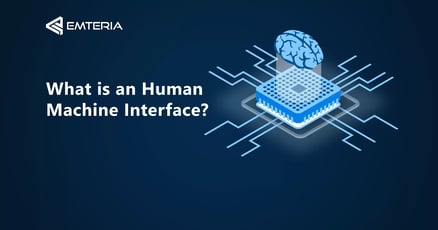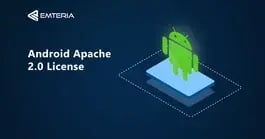More than 90% of corporate data is transferred to the cloud. According to statistics, this number will drop massively to 25% in the near future
Data is increasingly being used locally on or near the devices on which it was generated - in a nutshell, this is what Edge Computing is all about.
Edge Computing is a form of data processing that takes place directly or close to a specific data source, minimizing the need to process data in a distant data center. The goal is to ensure that data streams are at least partially processed on-site in a resource-efficient manner.
A large proportion of the computations involved are currently still carried out in data centers. This results in delays in data transmission that prevent short response times. For companies, in particular, it is often relevant to drastically shorten response times. In the context of the Internet of Things (IoT), this is becoming particularly relevant, since especially large volumes of data are sometimes processed in real-time. Edge Computing thus solves two central challenges of IoT applications: Bandwidth utilization and real-time responses.
Why Android developers need to care about edge computing
Several products are based on the combination of Android and Edge Computing and create high-performance applications. Improved speed for Android, Android libraries and other products are some of the main topics that are constantly discussed in connection with Edge Computing.
For example, as a developer, have you ever wondered why it's important to develop your application to be able to run on the Edge?
If you open common App repositories today (there are numerous Google Play Store alternatives), you will find that there are millions of Android applications to choose from. For your application to stand out from the crowd, you need to convince your potential users.
With this in mind, Edge Computing delivers the very features that are so essential to your users, such as performance, availability (without the need of being online) and security. These points are especially relevant not just within consumer apps but industrial applications such as POS systems and other solutions operating on an Android OS.
Bringing your Android application to the edge
First, offline-first obviously doesn't work with typical websites. This is why some of you are more likely to select a native application or a progressive web application (PWA). Even though offline-first has numerous UX benefits, impresses with speed and security advantages.
However, an offline-first architecture requires local storage as the primary data source, such as a database. Data changes are also made at this layer. In addition, applications are able to synchronize data with a server and in most cases have network components. This backend connection, however, is mainly used in the background to synchronize the local database. Data exchange will not take place constantly and to the same extent as with native or web-based applications.
A distinction must be made here as to what type of applications are involved. For real-time data-driven applications in the IoT area, this naturally differs. Edge here means the proximity of the data center to the data collection point. For less real-time-related applications with lower data volumes, it is primarily about improving performance and running the application offline on the device.
And what about the cloud? Do we still need it in the age of Edge Computing? Sure we do! There is data that needs to be accessible from anywhere. Synchronizing parts of your data with the cloud allows you to combine many of the benefits of Edge and Cloud Computing.
Does any application run at the edge?
There are several cases where the cloud seems to be the ultimate solution and also the only option available. Of course, this is also true for the Edge. As mentioned before, sometimes a combination of both approaches is the ultimate solution. But in general, you always need to figure out what you require in your situation to get the best solution for running your applications and keeping your users happy.
Advantages of using your application on the edge
Finally, let's summarize the benefits of running your applications on the Edge. Examples of useful Android-based Edge devices include: Infotainment systems in vehicles, POS systems or smart home applications.
Below is a list of some advantages that you need to know of:
- Accessibility - Applications can be run anywhere, anytime, online or offline.
- User Experience - Almost real-time response of applications.
- Privacy - The data is processed where it was generated and also belongs to the person who generated it.
- Costs - The effort and also the costs for the connectivity and maintenance of cloud solutions are massively reduced.
Application examples:
- Autonomous driving
- Smart home applications
- Smart health applications
These examples show that human security applications in particular need to work without an Internet connection and in real-time. For these applications, Edge Computing is the right choice. Besides these examples, there are many other use cases to be discovered.
Build unique products, boost device performance
See why emteria is the chosen Android™ customization & management platform for OEM solution builders — and what it can do for your team and customers.



.png?width=666&height=539&name=Group%20144(1).png)



